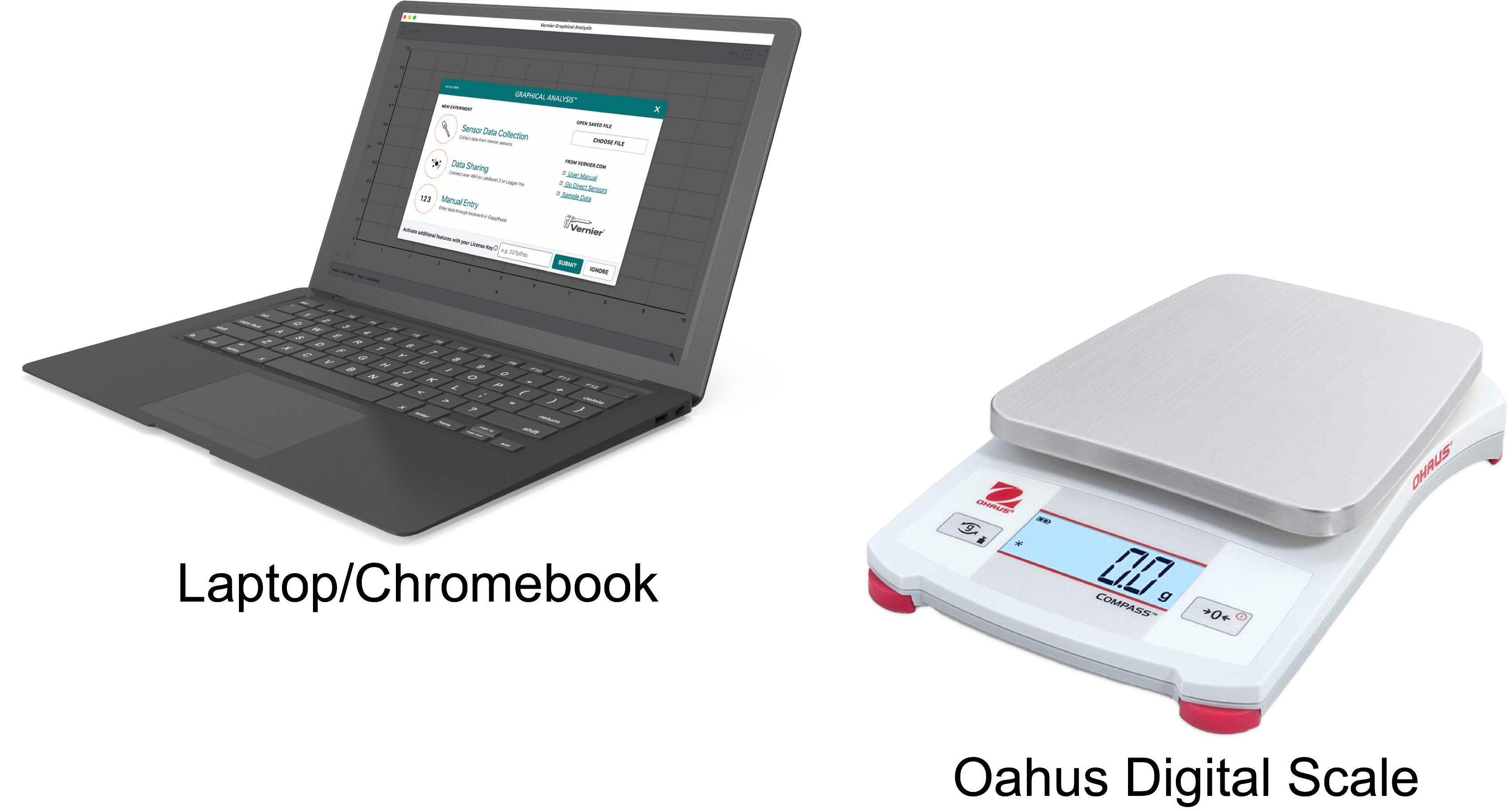Teacher Portal
Properties of Matter
CELL Guide
CELL Guide
Properties of Matter

LabLearner’s 3-D Approach to Scientific Inquiry
Phase 1 – Defined Understanding
The defined boundaries of this phase provide a framework for engaging parents and identifying students’ current knowledge of the key topic(s) explored in this CELL.
Phase 2 – Dynamic Understanding
Change, activity, and progress characterize the dynamic phase. Its design will enable you to enhance students’ existing skills, interests, and understanding, as well as meaningfully build new ones.
Phase 3 – Deeper Understanding
By this point, students have moved through powerful and purposeful tasks that had them actively and intentionally construct an understanding of concepts. In this final phase, students will consolidate knowledge and make deeper connections among ideas.
Phase 1 – Defined Understanding
► Questions to Investigate in this CELL
- Can you tell the difference between an element and a compound by measuring mass and volume?
- Can you determine the identity of an unknown substance by observing its mass and volume?
- Can you tell the difference between an element and a compound by calculating density and observing chemical reactions?
- Can you determine the identity of an unknown substance by calculating its density and observing chemical reactions?
- Do compounds composed of the same elements have identical properties?
- Can compounds composed of different elements have similar properties?
- Why is pH a valuable property to test when working with compounds?
- Do compounds composed of similar elements have a similar or dissimilar pH?
► Parent Newsletter
Encourage parents to connect to their child’s learning by providing them with a framework of the CELL. Use this link to access and share the Parent Newsletter.
► Baseline Assessment
Assess students’ current knowledge of the topic(s) being explored then set instructional and student learning goals. Use this link to schedule then invite students to take the Pre-test for the CELL.
Phase 2 – Dynamic Understanding
► Introduction and Fun Facts
Enhance your conceptual understanding by reading the student-level research on the topic(s) being explored. Use this link to access the research.
____________________________________________
► Links to Investigations
Go directly to the Investigation you are working on by clicking on a link below:
► Investigation 1
► Investigation 2
► Investigation 3
► Investigation 4
► CELL Vocabulary
Investigation 1:
- Matter: anything that takes up space and has mass
- Element: a type of matter that cannot be broken down into another substance by chemical reactions
- Compound: a type of matter that is made up of two or more elements
- Physical Property: a property of a substance that can be observed without changing the substance’s identity
Investigation 2:
- Density: a property of matter that defines how much matter exists in a particular space
Investigation 3:
- Solubility: the ability of a solid to dissolve in a liquid
- Miscibility: the ability of a liquid to mix with another liquid
Investigation 4:
- pH: a property used to describe whether a compound is an acid, base, or neutral substance
► Access Scoring Rubric
Examine the scoring rubric for this CELL so that you know what your teacher is looking for in terms of performance.
Tips for Success:
Google Classroom
Phase 3 – Deeper Understanding
►Deep Analysis Classroom Discussion
These questions can be used to elicit in-depth discussions based on the lab experience. Teachers may use any or all of these discussion points depending on the time available. All Investigations‘ Deep Analysis questions as well as the Comprehension Check for the entire CELL are found on this link.
►CELL Summary
Review the key ideas and learning goals for the CELL via this link.
► Summative Assessment
Evaluate student learning at the end of the CELL by comparing the Summative Assessment to students’ Baseline Assessments. Use this link to schedule then invite students to take the Post-test for the CELL.

